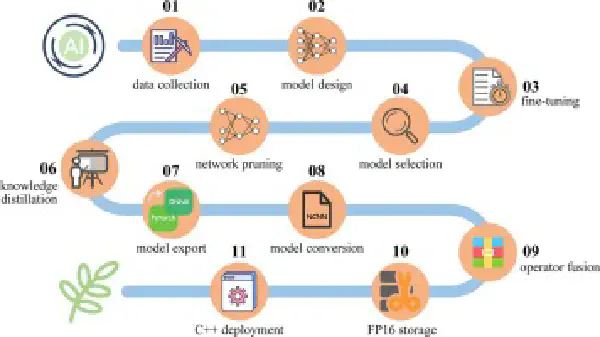
In the dynamic landscape of computer vision, image classification stands out as a transformative technology with diverse applications across various industries. Leveraging the capabilities of OpenCV and advanced image processing techniques, image classification has evolved to become a cornerstone in the field.
In this blog, we’ll explore the wide-ranging applications of image classification, showcasing its impact on different sectors.
1. Medical Imaging
Enhancing Diagnostics with Precision
Image classification plays a pivotal role in medical diagnostics by accurately identifying and classifying abnormalities in medical images. From detecting tumors in radiological scans to classifying skin lesions in dermatology, technology aids healthcare professionals in making informed decisions and providing timely treatments.
2. Autonomous Vehicles
Navigating the Roads Safely
In the realm of autonomous vehicles, image classification is instrumental for recognizing and interpreting visual cues from the environment. This includes identifying pedestrians, other vehicles, traffic signs, and obstacles. By leveraging OpenCV and image classification algorithms, self-driving cars can make real-time decisions, ensuring safer navigation on roads.
3. Retail and E-Commerce
Personalized Shopping Experiences
Image classification transforms the retail landscape by enabling personalized shopping experiences. Recommender systems utilize image classification to understand customer preferences based on past purchases, allowing for targeted product recommendations. Additionally, automated inventory management and shelf monitoring streamline retail operations.
4. Agriculture
Precision Farming for Increased Yields
In agriculture, image classification aids in crop monitoring and disease detection. Drones equipped with cameras capture images of fields, and image classification algorithms analyze these images to identify crop health, pest infestations, and other vital parameters. This data empowers farmers to implement precision farming practices, optimizing crop yields.
5. Security and Surveillance
Strengthening Safety Measures
Security systems leverage image classification to enhance surveillance capabilities. Facial recognition, object detection, and anomaly identification contribute to robust security protocols. OpenCV’s image processing capabilities play a crucial role in extracting meaningful information from surveillance footage, ensuring prompt responses to potential threats.
6. Environmental Monitoring
Tracking Changes in the Environment
Image classification is utilized in environmental monitoring to track changes in landscapes, ecosystems, and natural disasters. By analyzing satellite and drone imagery, environmental scientists can monitor deforestation, assess the impact of climate change, and respond to emergencies with greater accuracy.
Conclusion 🏁
From healthcare to agriculture, and from autonomous vehicles to environmental monitoring, image classification is a versatile technology reshaping industries and enhancing our daily lives. As we continue to advance in the realms of OpenCV and image processing, the potential for innovative applications of image classification is limitless. Embracing these technologies opens the door to a future where visual recognition becomes an integral part of problem-solving and decision-making processes across diverse domains.